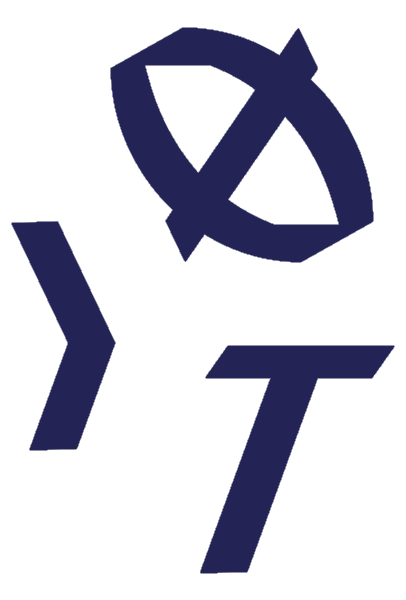(UN)COMMON SPACES from a citizen point of view
By Marius Grønning, associated citizen, Norway
Ass. prof. in urban and regional planning, Faculty of landscape and society,
Norwegian University of Life Sciences (Ås)
(UN)COMMON SPACES responds to an EU strategy for innovating cultural practices[1] by developing new art audiences, regenerating the sense and value of European public space, and defining new arenas for creation and performance opportunities.[2] An emerging question is how common spaces of community life constitute something uncommon; spaces where art may come with a sense of surprise, and the possible innovations that come along with unlikely and unusual experiences. I am invited to perform the role of citizen, associated with Østfold Internasjonale Teater, the Norwegian IN SITU partner in the project. This role constitutes an innovative and experimental element in the project. In order to take the role seriously, a few remarks may be made on how to exchange with artists and producers on topics related to public space, on potential experiences to be drawn from the project, and on approaches to adopt in order to fascilitate that.
“Art can change public space, but public space can change art.” [3] The statement comes from a project meeting and conveys a point of view on art’s social relevance: art may influence how intersubjective relations take shape in spaces that communities share and it plays a role in consolidating a sense of community. Art may then be considered a cultural agent at play in the process of social formation, with potentials that are both social and artistic, and which may be tested in public spaces. The figure of “citizen” may constitute an experimental mechanism and a necessary link connecting society with the artists and art producers. Along comes an array of responsibilities: to propose testing grounds as a local tutor for the artists or as an ambassador of a community in the project network; to offer a competence as expert (architecture, sociology, cultural policy, engineering etc.), disseminator (as mediator or network builder), or academic resource in the experimental process (researcher, pedagogue, supervisor); to participate in shaping artistic profiles. The citizen may also constitute a mirroring device, enhancing awareness of the spatial dimension of social processes and art experience, or awareness of art’s role in ongoing transitions, such as digital and environmental (climate and ecology), bringing new subject-matter and social practices together and enhancing sustainable art practices.
To experiment is useful when you need to learn, explore, gain new knowledge or innovate methods and techniques. It implies a style of reasoning characterised by a search for new experiences – not just any experience, but desired ones. It is more targeted and calculating than it is random, based on hypothesis and verification, as well as testing procedures, in order to provoke experiences one would otherwise not be able to make. When art is made through experimental testing, as framed by (UN)COMMON SPACES, it would benefit from preliminary hypothetical formulations. Generically formulated or locally targeted, such formulations need to address art’s possible impacts on society, and society’s impact on art through concrete artworks in the public spaces of various European localities. A perspective that may provide relevance to the hypotheses is a consideration of public space as a medium, allowing to focus on the ability of art to raise awareness of spatial phenomena and processes. It opens for observations on how social material becomes subject to artistic expression, and how artistic material in turn becomes subject to collective experience.
A central issue for the associated citizen is how impacts become evident. It involves demonstration, the problem of form (time or space, rhythm or composition, transition or location), and relationships between structure and representation. As a part of the experimental processes one should be able to produce a number of results: a report on the artistic experiences, describing the materials of public spaces and the subject-matter of the artworks, their media and expression; a research paper on art as experience and the formation of spatial consciousness in local communities; a popular dissemination (podcast) on the chosen perspectives, approaches and experiences. In order to produce such outcomes a number of conditions need to be in place: artworks and collaborative sessions, agreements on uses of the material (personal information, intellectual property), interaction between creative process and research process, citizen workshops (podcasts, shared litterature, writing sessions), and publications with the partners or artists, as well as the necessary means (financial, graphical, coordination). With these remarks in mind I am looking forward to exploring the social and cultural relevance of performing arts for the local contexts of European cities and communities.
[1] The Creative Europe framework. https://ec.europa.eu/culture/creative-europe/creative-europe-culture-strand
[2] At the centre of the project is the work of artists outside of conventional venues and processes of creation in immediate exposure to people in spaces of everyday life. https://www.kulturradet.no/eus-kulturprogram/vis-artikkel/-/-un-common-spaces
[3] Pierre Sauvageot from Lieux Publics (Marseille), the art association leading the project, statement at the (UN)COMMON SPACES workshop in Tàrrega, Spain, 23-25 November 2021.


